Enter the realm of gaming rarity as we embark on a journey to uncover some of the most elusive treasures in the world of video game consoles. From prototypes that never made it to market to limited edition variants with exclusive features, these ten consoles stand out as some of the most sought-after collector’s items among gaming enthusiasts. Join us as we explore the stories behind these rare gems, delving into their unique designs, historical significance, and the quest for gaming greatness that continues to captivate collectors worldwide.
Nintendo PlayStation Prototype
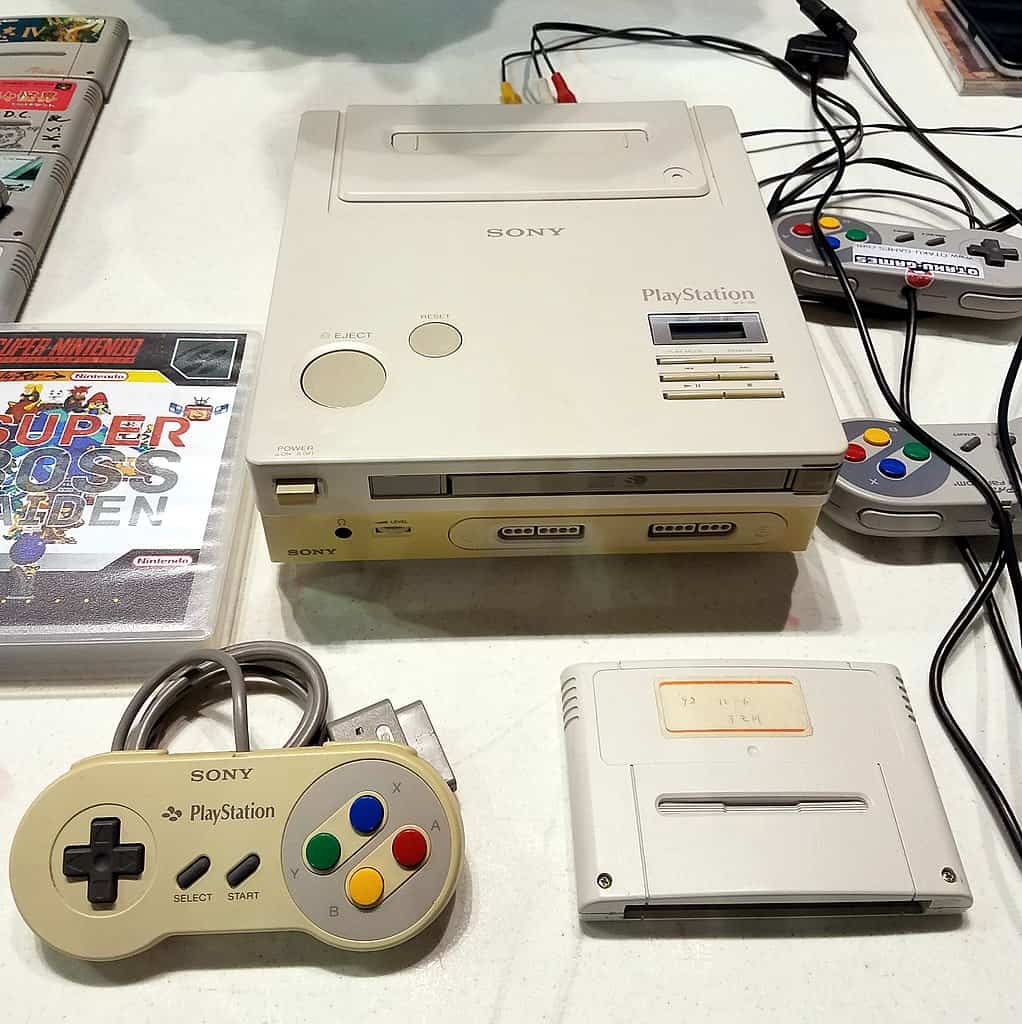
The Nintendo PlayStation Prototype, born from a collaboration between Nintendo and Sony in the late 1980s, stands as an iconic and highly sought-after console in gaming history. Designed to revolutionize the industry, it boasts a unique combination of a Super Nintendo cartridge slot and a CD-ROM drive. Despite its groundbreaking potential, the dissolution of the partnership led to the production of only a few prototypes, rendering it an exceedingly rare and valuable collector’s item. With an estimated worth in the millions of dollars in private auctions, this console’s scarcity adds to its allure. The discovery of a Nintendo PlayStation Prototype in 2015 caused a sensation in the gaming community, rekindling interest in this legendary piece of gaming history.
Sega Pluto
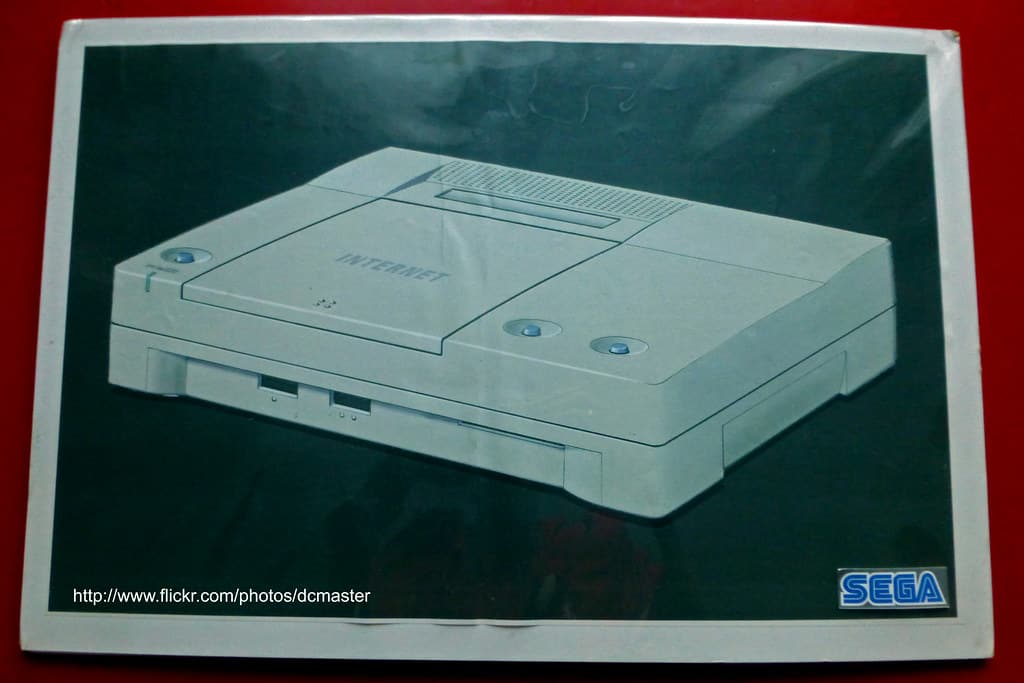
The Sega Pluto, a fabled console prototype developed by Sega in the mid-1990s, remains an enigmatic piece of gaming history that was never officially released to the public. Envisioned as an upgraded version of the Sega Saturn with built-in online capabilities, the Sega Pluto project was abruptly canceled, leading to the creation of only a handful of prototypes. Consequently, the Sega Pluto stands as one of the rarest and most elusive Sega consoles, with an estimated value reaching tens of thousands of dollars or more in private auctions. The discovery of a Sega Pluto prototype in 2013 generated considerable excitement within the gaming community, reigniting speculation about the potential impact and innovations this unique console could have introduced had it been officially released.
Nintendo 64DD
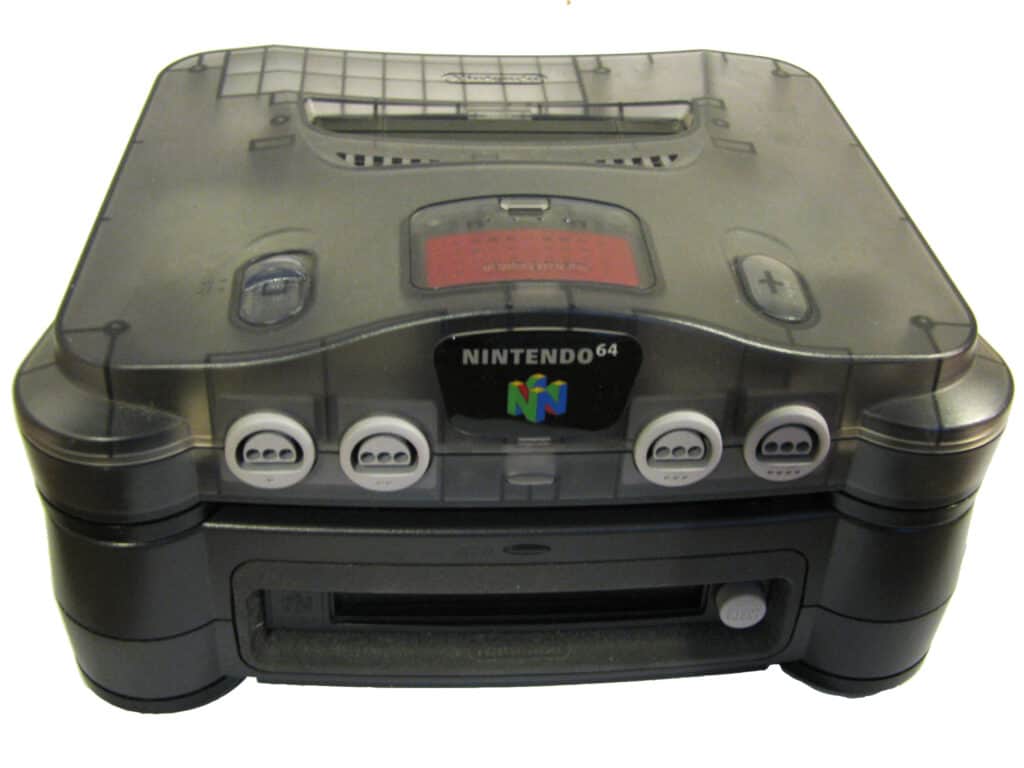
The Nintendo 64DD (Disk Drive) stands as a rare and distinctive add-on accessory for the Nintendo 64 console, exclusively released in Japan in 1999. Offering the capability to play games stored on proprietary magnetic disks, the 64DD also introduced features like online connectivity and game creation tools. Despite its innovative offerings, the 64DD experienced limited commercial success, resulting in a brief lifespan and a meager library of games. This has turned the 64DD into a coveted collector’s item among Nintendo enthusiasts, with prices ranging from several hundred to several thousand dollars. Despite its commercial struggles, the Nintendo 64DD has garnered a devoted following within the retro gaming community, and its exclusive games have become highly sought after, contributing to its status as a notable piece of gaming history.
Amstrad GX4000
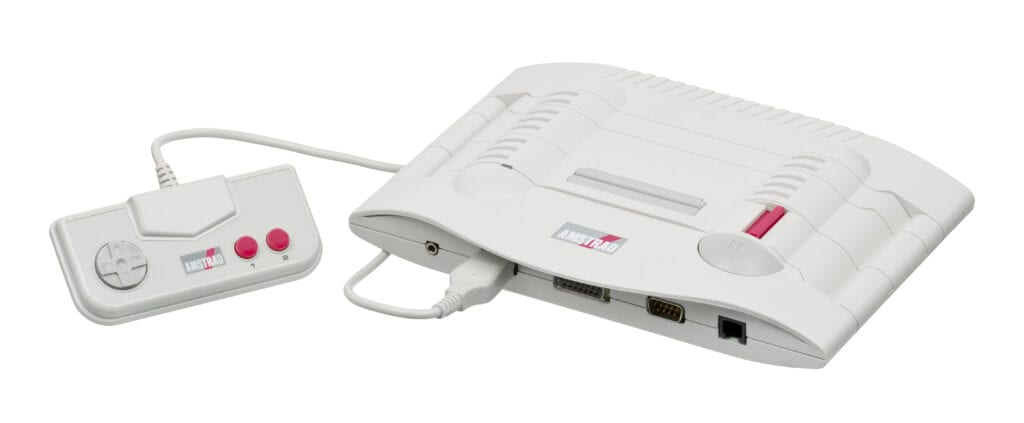
The Amstrad GX4000, a relatively obscure console, was released by Amstrad in 1990 in an attempt to compete with the Nintendo Entertainment System (NES) and Sega Master System. This home video game console featured compatibility with both cartridges and cassette tapes and was marketed as an “8-bit powerhouse” with enhanced graphics and sound capabilities. However, despite its aspirations, the GX4000 struggled to gain traction in the market due to its high price and a lack of compelling games. Discontinued shortly after its release, the GX4000 has become a rare find for collectors, with prices varying from a few hundred to a few thousand dollars. Its failure to resonate with consumers is a testament to the challenges faced during the transition from 8-bit to 16-bit gaming consoles in the early 1990s.
NEC PC-FX
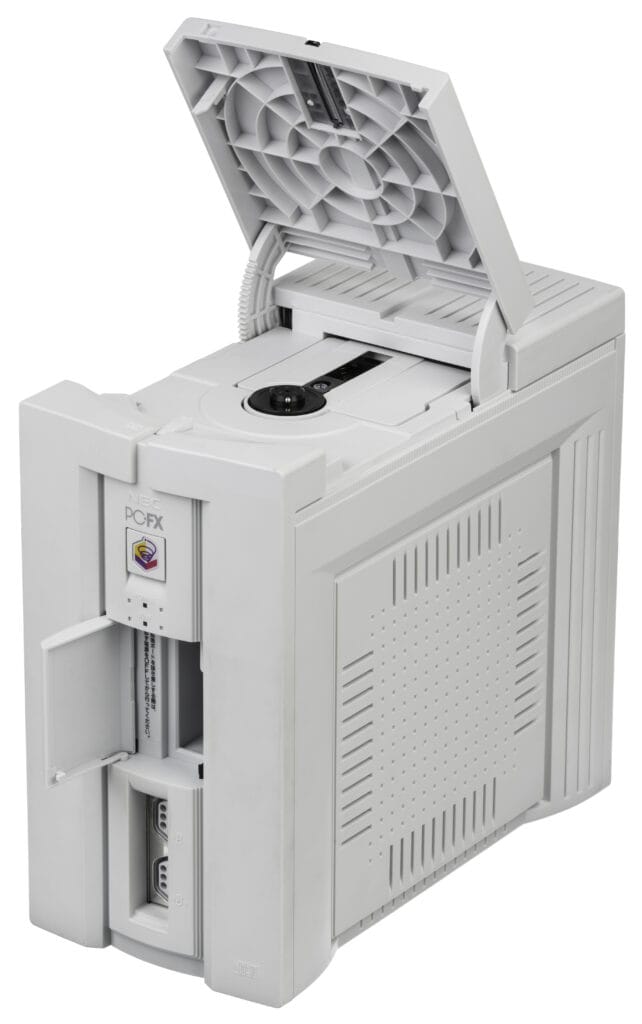
The NEC PC-FX, released by NEC Corporation in 1994, is an uncommon and distinctive console recognized for its unique design and focus on full-motion video (FMV) games. Despite its innovative features, the PC-FX struggled to compete with more popular consoles like the Sony PlayStation and Sega Saturn, leading to limited commercial success. However, this obscure console has found a niche following among retro gaming enthusiasts and collectors, who seek it out for its distinctive library of FMV titles. The PC-FX’s availability is rare, reflecting its limited production run, and prices in the collector’s market can range from a few hundred to a few thousand dollars. Interestingly, the PC-FX was marketed as a multimedia entertainment system, supporting CD-ROMs and playing audio CDs and CD+G discs, but its high price and a lack of compelling games played a significant role in its commercial challenges.
Fairchild Channel F
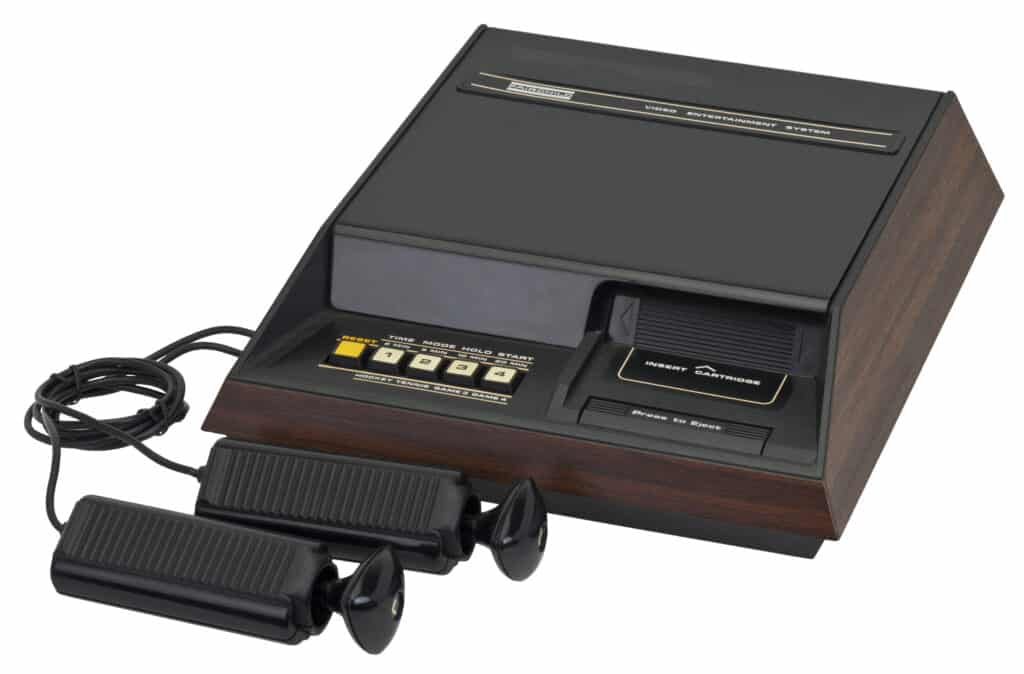
The Fairchild Channel F, also recognized as the Video Entertainment System (VES), holds a significant place in gaming history as the first programmable ROM cartridge-based video game console, released by Fairchild Semiconductor in 1976. Pioneering several innovations that would later become industry standards, the Channel F featured unique controllers and was the first console to use a microprocessor, introducing interchangeable game cartridges. Despite its groundbreaking contributions, the Channel F faced challenges in competing with more popular consoles of its time and was discontinued after a short period. As a result, it has become a rare and sought-after item for collectors, with prices in the collector’s market ranging from a few hundred to a few thousand dollars. The Fairchild Channel F’s legacy lies in paving the way for future generations of gaming consoles through its pioneering use of programmable ROM cartridges and microprocessor technology.
Bandai Playdia
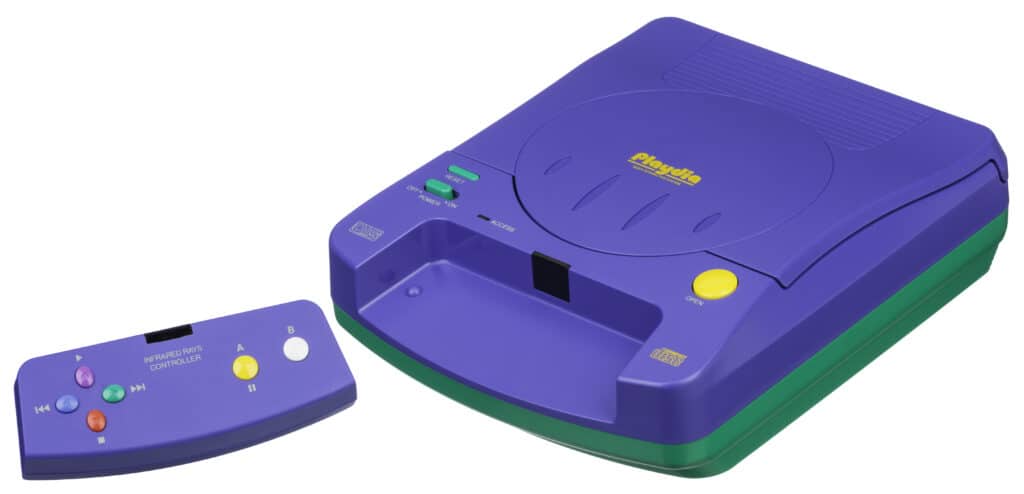
Mattel Intellivision II
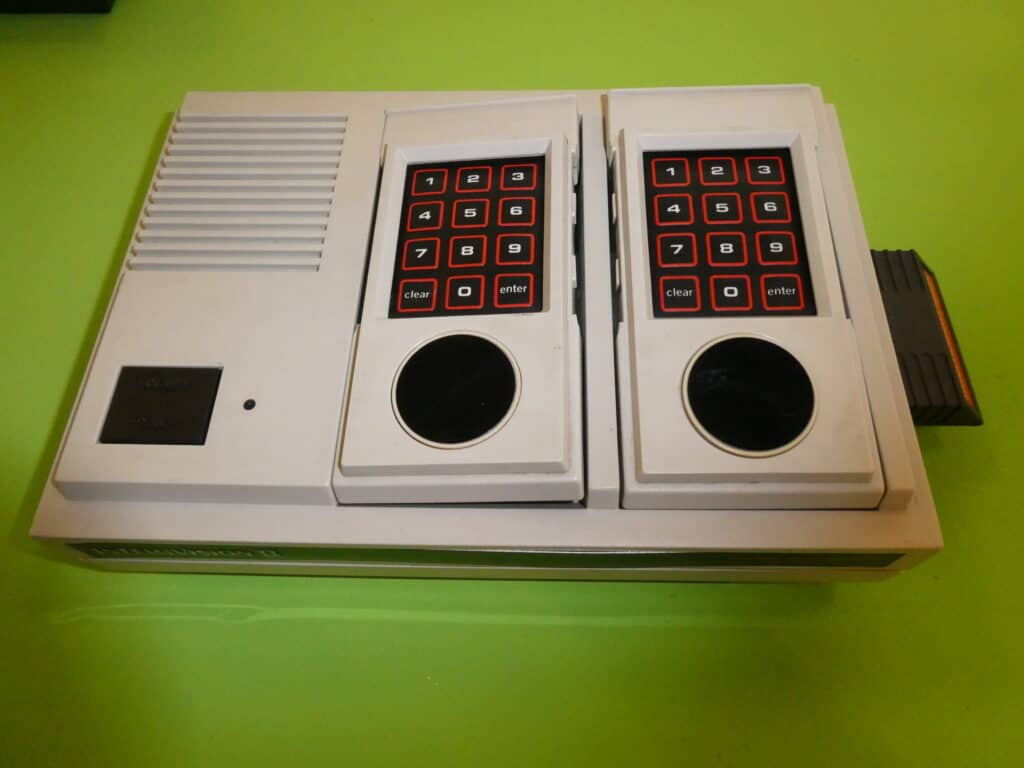
The Mattel Intellivision II, a rare and somewhat obscure console released by Mattel Electronics in 1983, emerged as an updated version of the original Intellivision. Boasting a sleeker design and improved controllers, the Intellivision II aimed to build on its predecessor’s success. However, its release coincided with the video game market crash of 1983 and faced stiff competition from other consoles, leading to its failure to gain traction. Discontinued after a brief period, the Intellivision II has become a rare gem for collectors, with prices in the collector’s market ranging from a few hundred to a few thousand dollars. Marketed as a “home computer system,” the Intellivision II offered optional accessories such as a keyboard and printer. Despite these additional features, its high price and a lack of compelling games contributed significantly to its commercial struggles during a challenging period in the gaming industry.
Goldstar 3DO Interactive Multiplayer
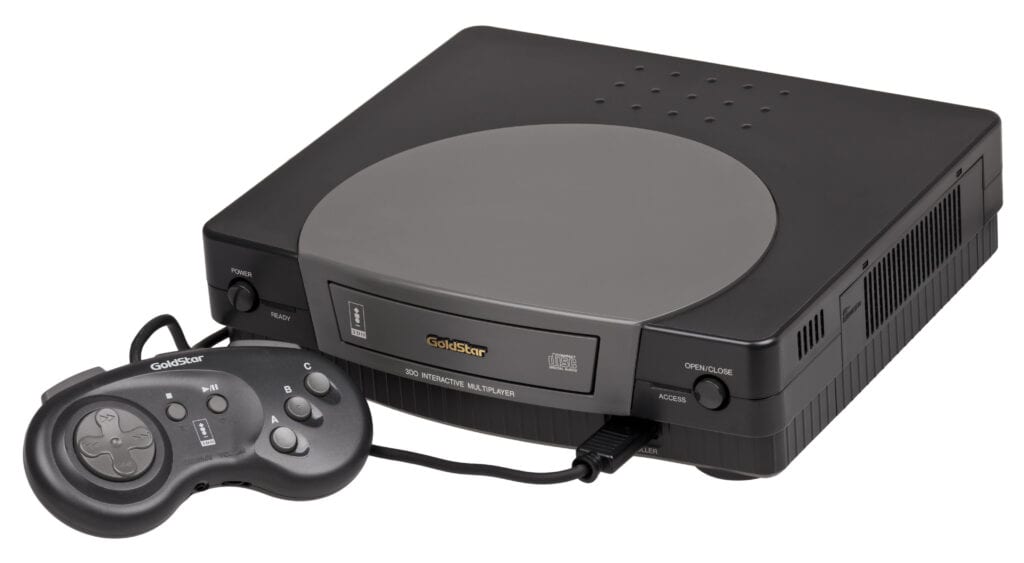
The Goldstar 3DO Interactive Multiplayer, released by Goldstar (later LG Electronics) in 1993, is a rare and innovative console renowned for its advanced graphics and multimedia capabilities. Positioned as a high-end gaming system for enthusiasts, the 3DO marked a milestone as the first console to use CD-ROMs as its primary storage medium, paving the way for future generations of gaming consoles. Despite its groundbreaking features, the 3DO faced challenges in the market due to its high price and a limited library of games. Struggling to compete with more affordable alternatives like the Sony PlayStation and Sega Saturn, the 3DO experienced commercial failure. Nonetheless, it has garnered a cult following among retro gaming enthusiasts and collectors, with its rarity and exclusive titles making it a sought-after item. Prices for the Goldstar 3DO in the collector’s market can vary from a few hundred to a few thousand dollars, reflecting its unique place in gaming history.
Commodore 64GS
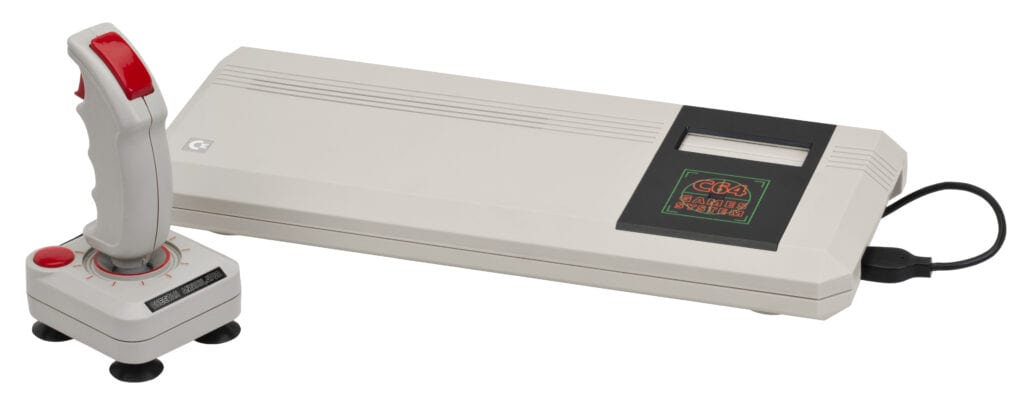
The Commodore 64GS, a rare variant of the iconic Commodore 64 home computer, was released in 1990 as a dedicated gaming console. Notably, it lacked the keyboard and disk drive of its predecessor, relying solely on cartridge-based games. Marketed as a budget-friendly alternative to the original Commodore 64, the 64GS aimed to streamline the gaming experience. However, its commercial success was hindered by a combination of factors, including a high price point and a limited library of games. Discontinued shortly after its release, the 64GS has become a rare find for collectors, with prices in the collector’s market ranging from a few hundred to a few thousand dollars. Its lack of compatibility with existing software titles and peripherals contributed to its commercial failure, highlighting the challenges faced by efforts to repackage established computing platforms into dedicated gaming consoles.
This article originally appeared on Rarest.org.
